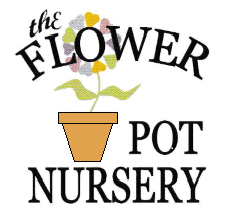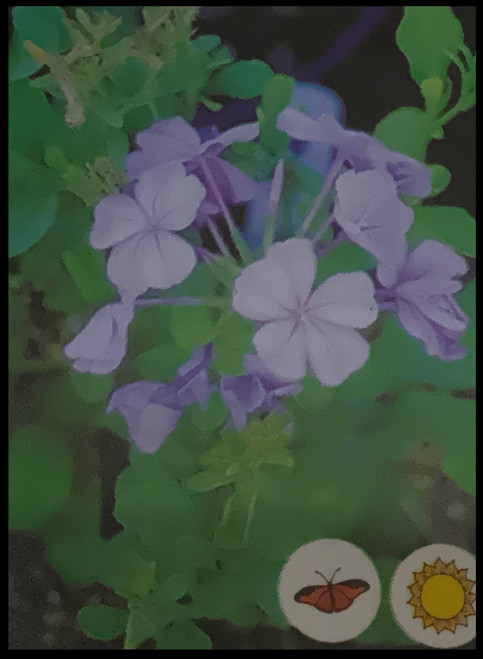A popular house plant, Streptocarpus, ("twisted fruit" from Greek στρεπτός (streptos) "twisted" and καρπός (carpos) "fruit") is an Afrotropical genus of flowering plants in the family Gesneriaceae (the gesneriads). The genus is native to Afromontane biotopes from central, eastern and southern Africa, including Madagascar and the Comoro Islands. The flowers are five-petalled, salverform tubes, almost orchid-like in appearance, and hover or arch over the plant, while the pointed, elongate fruit is of a helical form similar to that of the "tusk" of a narwhal. In the wild, species can be found growing on shaded rocky hillsides or cliffs, on the ground, in rock crevices, and almost anywhere the seed can germinate and grow. For the home, there are now many hybrids of various colours and forms available.
Although generally referred to simply as "Streptocarpus", or "Streps", the common name for subgenus Streptocarpus is Cape primrose, referring to the nativity of several species to South Africa and their superficial resemblance to the unrelated genus Primula. The common name for subgenus Streptocarpella is nodding violet. Streptocarpus sect. Saintpaulia ("African violet") is a separate section within Streptocarpus subgenus Streptocarpella.
DNA studies have shown that, despite not having a twisted fruit, African violets evolved from within the Tanzanian Streptocarpus subgenus Streptocarpella.
There are a few Asian species that have recently been removed from the genus, most notably Streptocarpus orientalis, now reclassified as Damrongia orientalis. Molecular systematics has shown conclusively that they are not true Streptocarpus.
Streptocarpus with more than one leaf are called "plurifoliates", and there are two main types of these. First is the rosulate form, which is perennial. Rosulates are made up of a basal rosette of leaves. Flower stems sprout from the upper surfaces of the bases of these leaves. The most common Streptocarpus houseplant is of the rosulate type. The flowers of modern rosulate hybrids are generally three to several centimeters in diameter. The other plurifoliate type is essentially somewhere in between a rosulate and a unifoliate. In this group, two or three leaves grow in addition to the first leaf. The plurifoliates are perennial. Examples are Streptocarpus prolixus, and Streptocarpus polyanthus ssp polyanthus.
The second form is the unifoliate, which only has one leaf. In the unifoliates group, one single leaf grows continuously from the base. Many unifoliates are also monocarpic, which means that they will flower once, set seed, then die. But they may take a few years to reach this stage. In other unifoliates, the original leaf may die, but one or two new leaves will sprout from it, and the plant continues to grow.
This subgenus (comprising plurifoliates and unifoliates) is unique in that, in winter, they can form abscission lines part way down the leaf (see photo gallery below). The leaf then dies back to this point, whilst the proximal part of the leaf stays alive and healthy. In unifoliate species, the remaining healthy portion of that leaf will start to grow again from the base.
Members of the Streptocarpus subgenus Streptocarpella are very different in form to those mentioned above.
Streptocarpella leaves can be decussate in arrangement (each pair of leaves at a node is at 90 degrees to the ones preceding or following it), or ternate (whorls of 3 leaves at each node). Some specimens may exhibit both on the same plant. Streptocarpella are grown as houseplants, hanging plants, and sometimes as bedding plants.
Give credit where credit is due: Wikipedia 2021
FlowerPotNursery Concord Blue Streptocarpella Streptocarpus saxorum C.B. 4” Pot
The Flower Pot Nursery
$7.99
- SKU:
- SSCB040521















